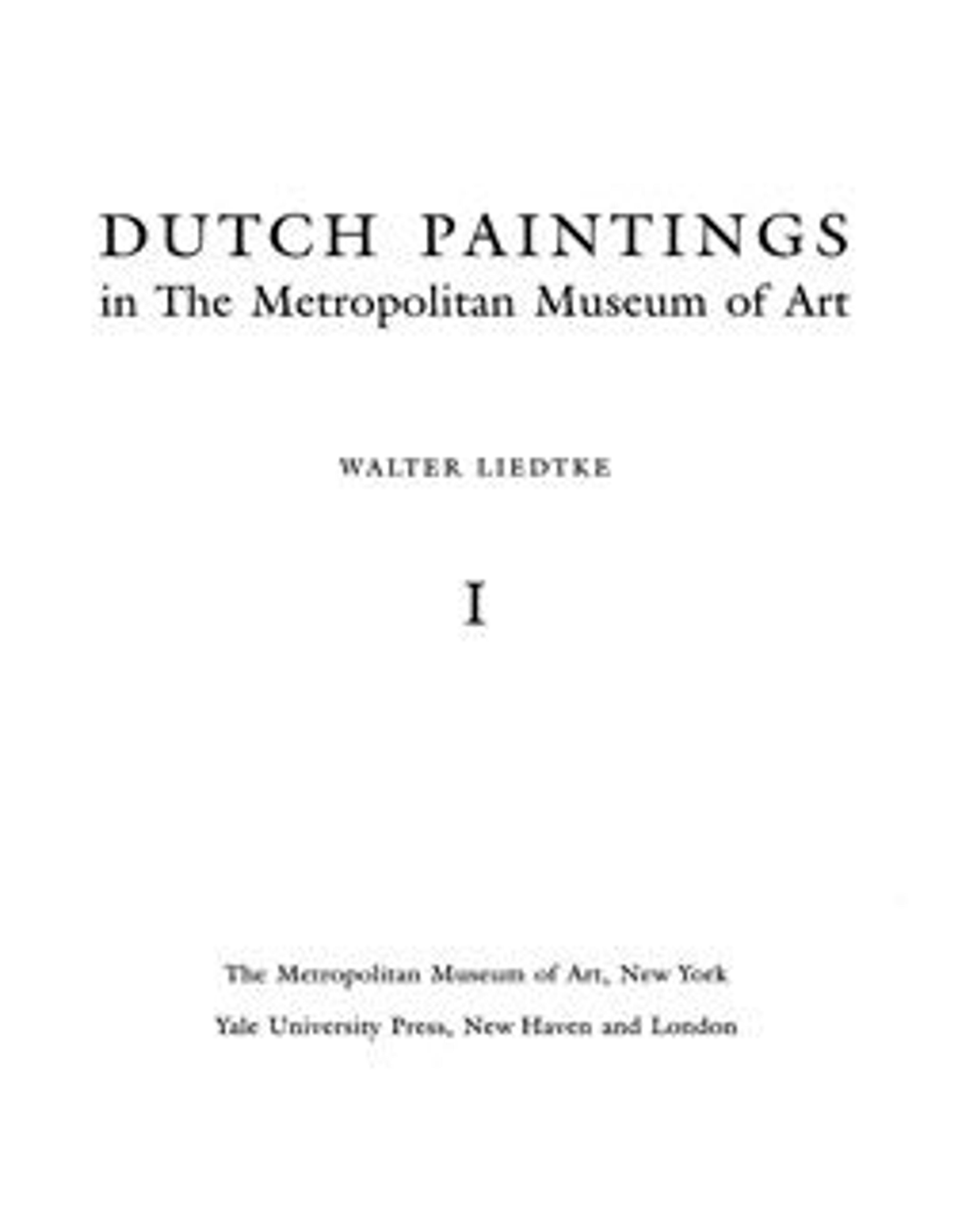Children and a Cow
Artwork Details
- Title:Children and a Cow
- Artist:Attributed to Aelbert Cuyp (Dutch, Dordrecht 1620–1691 Dordrecht)
- Date:1635–39
- Medium:Oil on wood
- Dimensions:17 1/4 x 21 1/2 in. (43.8 x 54.6 cm)
- Classification:Paintings
- Credit Line:Bequest of Mariana Griswold Van Rensselaer, in memory of her father, George Griswold, 1934
- Object Number:34.83.1
- Curatorial Department: European Paintings
More Artwork
Research Resources
The Met provides unparalleled resources for research and welcomes an international community of students and scholars. The Met's Open Access API is where creators and researchers can connect to the The Met collection. Open Access data and public domain images are available for unrestricted commercial and noncommercial use without permission or fee.
To request images under copyright and other restrictions, please use this Image Request form.
Feedback
We continue to research and examine historical and cultural context for objects in The Met collection. If you have comments or questions about this object record, please contact us using the form below. The Museum looks forward to receiving your comments.
